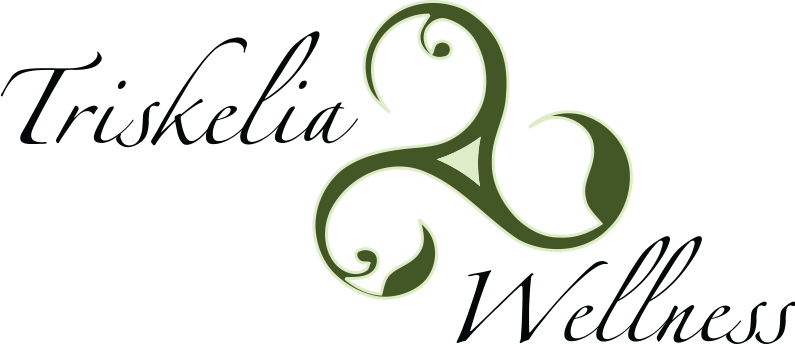Dry Needling in Derry
 Dry needling (Dry Needling Procedure) is a form of therapy in which fine needles are inserted into myofascial trigger points (painful knots in muscles), tendon or ligaments to stimulate a healing response in painful musculoskeletal conditions.
Dry needling (Dry Needling Procedure) is a form of therapy in which fine needles are inserted into myofascial trigger points (painful knots in muscles), tendon or ligaments to stimulate a healing response in painful musculoskeletal conditions.
Dry needling is the use of solid filament needles inserted through the skin and into the muscle to release painful myofascial trigger points. Dry needling results in the deepest tissue release allowing for improvements in movement and pain. It is called “Dry” Needling because there is no solution injected as with a hypodermic needle during an injection. With Dry Needling, the needle itself and the effects it produces within the tissue is the treatment.
What is a “Trigger Point”?
When an injury occurs from repetitive use or acute trauma, inflammation will be produced from the damaged tissues. The damaged tissues will also go into a protective tension state (contracture) to guard against further damage from utilizing the injured tissue.
NEW Patients »
This contracture and inflammation inhibit microcirculation which limits both the oxygen rich blood reaching the injury and the waste products leaving the injury. The injury site becomes hypoxic (decreased in oxygen) which stimulates the body to produce fibroblasts, a cell that produces fibrosis or scar tissue. This fibrosis and scarring builds up around the muscles and tissues limiting the tissues ability to fully function (lengthen/shorten) and can also cause compression and irritation of nerves (such as carpal tunnel syndrome) – all of which inevitably lead to biomechanical disturbances in gait and function.
Dry needling uses a small, solid filament needle which is inserted in a contracted knotted muscle to create a local twitch reflex which is both diagnostic and therapeutic as it is the first step in breaking the pain cycle as research shows will decrease muscle contraction, reduce chemical irritation, improve flexibility and decrease pain.
 Is Dry Needling Acupuncture?
Is Dry Needling Acupuncture?
No. Dry needling is not acupuncture or Oriental medicine; that is, it does not have the purpose of altering the (“Qi”) along traditional Chinese meridians for the treatment of diseases. In fact, dry needling is a modern, science-based intervention for the treatment of pain and dysfunction in musculoskeletal problems such as neck pain, shoulder impingement, tennis elbow, carpal tunnel syndrome, knee pain, shin splints, plantar fasciitis or low-back pain.
Is Dry Needling Safe?
Drowsiness, tiredness or dizziness can occur after treatment in a small number of patients (1-3%) and if affected, you are advised not to drive. Minor bleeding or bruising occurs after dry needling in 15-20% of treatments and is considered normal. Temporary pain during dry needling occurs in 60-70% of treatments. Dry needling is very safe; however, serious side effects can occur in less than 1 per 10,000 (less than 0.01%) treatments.
Research
Here are some compelling articles on the effectiveness of DNP, there are many more available:
- Dry Needling Alters Trigger Points in the Upper Trapezius Muscle and Reduces Pain in Subjects With Chronic Myofascial Pain. Lynn H. Gerber, MD, Jay Shah, MD, William Rosenberger, PhD, Kathryn Armstrong, DPT, Diego Turo, PhD, Paul Otto, BS, Juliana Heimur, BS, Nikki Thaker, BS, Siddhartha Sikdar, PhD. L.H. Gerber et al. / PM R 7 (2015) 711-720
- Clinical Effectiveness of Dry Needling Immediately After Application on Myofascial Trigger Point in Upper Trapezius Muscle. Ziaeifar et al Journal of Chiropractic Medicine Dry Needling on Myofascial Trigger Point December 2016
- American Physical Therapy Association. Description of Dry Needling in Clinical Practice: An Educational Resource Paper. Feb 2013
Reach Out To Us
Contact us today to schedule an appointment or learn more about how dry needling can help you.
CONTACT US »

